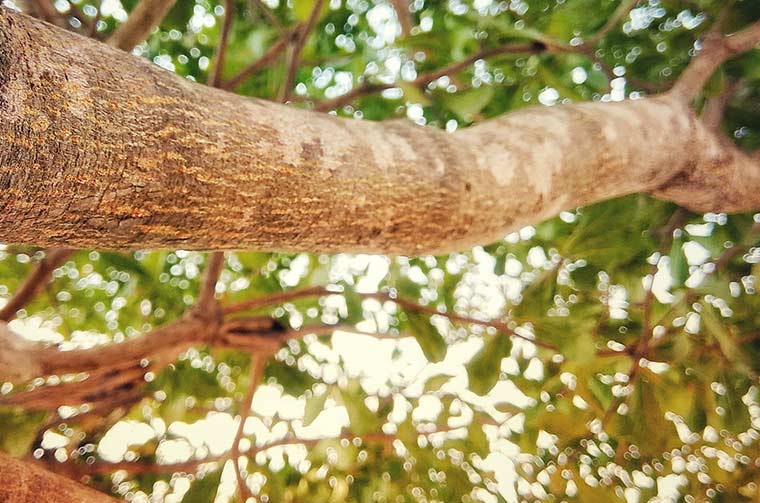Knowing how to correctly prune a branch can save you a lot of time, prevent accidental damage to your trees, and ensure that they heal rapidly and cleanly after the cut. This post is for you if you have some trees in your yard that needs to be pruned or maintained and you may benefit from learning a couple of the tricks used by professional landscapers and arborist.
Pruning Tips and Tricks: Use the Right Tools
For smaller branches, a handheld pruning saw can do the job. Clean the blade with bleach before moving from tree to tree so that you’re not cross-infecting the trees with different illnesses and bacteria. Keep it sharp, so you don’t strain yourself while you’re using it. A pass-through pruner can be more effective than a regular garden pruner. A pass-through blade won’t simply stop when it meets the second blade. Rather, like scissors, it keeps going until the two blades pass one another. This helps you prevent ‘tear-outs, where you are left with woody strands that keep the severed branch connected to the tree and can be very difficult to shear away.
How To Correctly Prune a Branch with a Pruner
You will find at the base of every branch there is a bulge. This bulge is known as the collar, and it connects the branch to either the trunk or an older branch. The collar bulges because it contains interlocking cells from both the trunk and the branch. For the tree to heal correctly after healing, you should make the cut after the branch collar so that the collar is left intact. This helps prevent decay or infection. Then, with a pruner or secateurs, the blade should face the branch collar.
How To Correctly Prune a Branch with a Pruning Saw
When you’re using a pruning saw or chainsaw to cut a larger branch, it’s important to consider that the weight difference means the branch is at a higher risk of breaking off before you have cut sufficiently. This risks bark tearing, which can hurt your tree, put it at risk of infection, and create an unattractive appearance. To prevent this, it’s best to do the job with three cuts instead of one.
The Three Cuts
The first cut is done a good few inches from just outside the collar (where you will ultimately want to cut the branch so that it’s a clean-cut from the trunk). You cut about halfways under the branch.
The second cut is another few inches from the first cut. This cut aims to sever the larger part of the branch. Your first cut acts as a separator. As you cut the branch, if it begins to fall under its own weight, your first cut will prevent the bark from tearing or breaking off in a messy way which can cause damage.
Finally, once the branch has been cut, you can perform your third cut right after the branch collar. As there is no added weight or stress from the branch, this section should come off very cleanly and neatly.
If you have any questions about our range of products, you can reach us on 021-496 51 32
